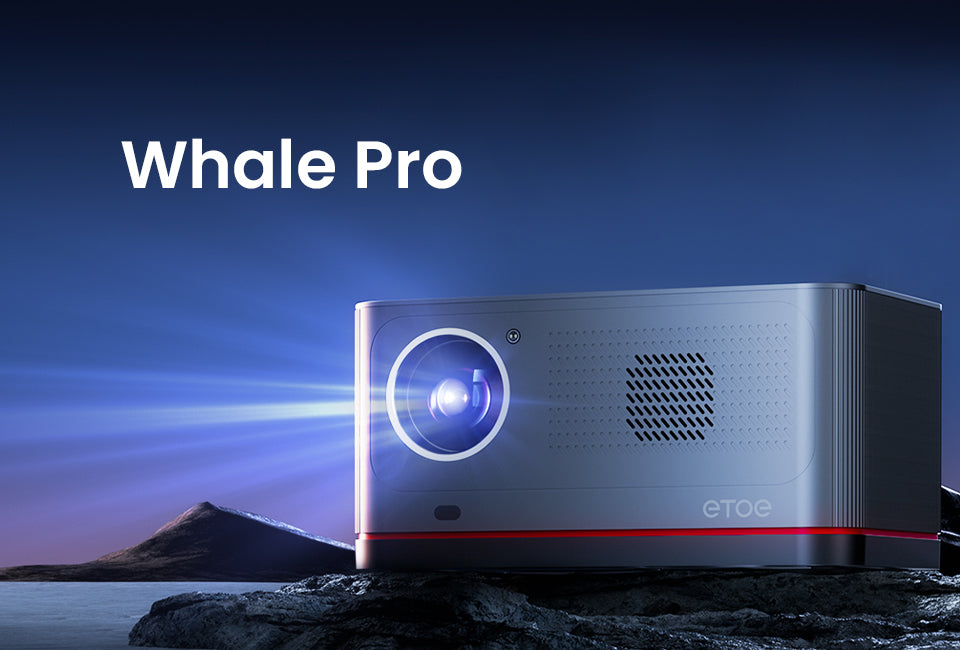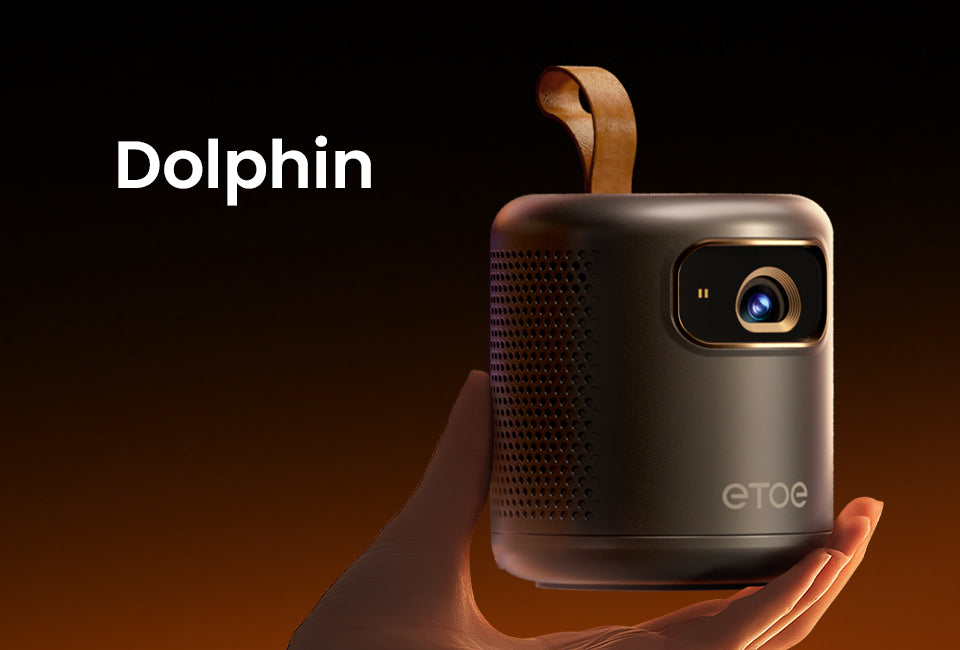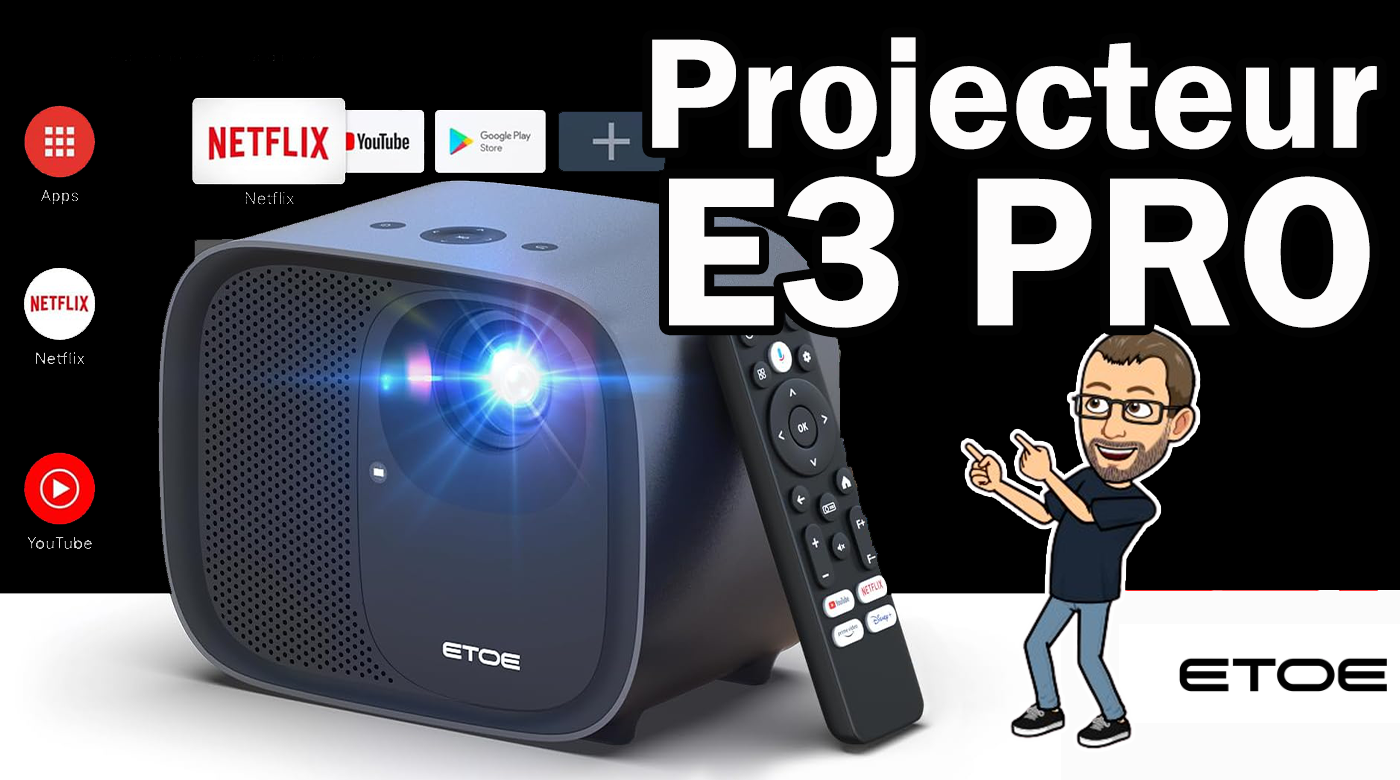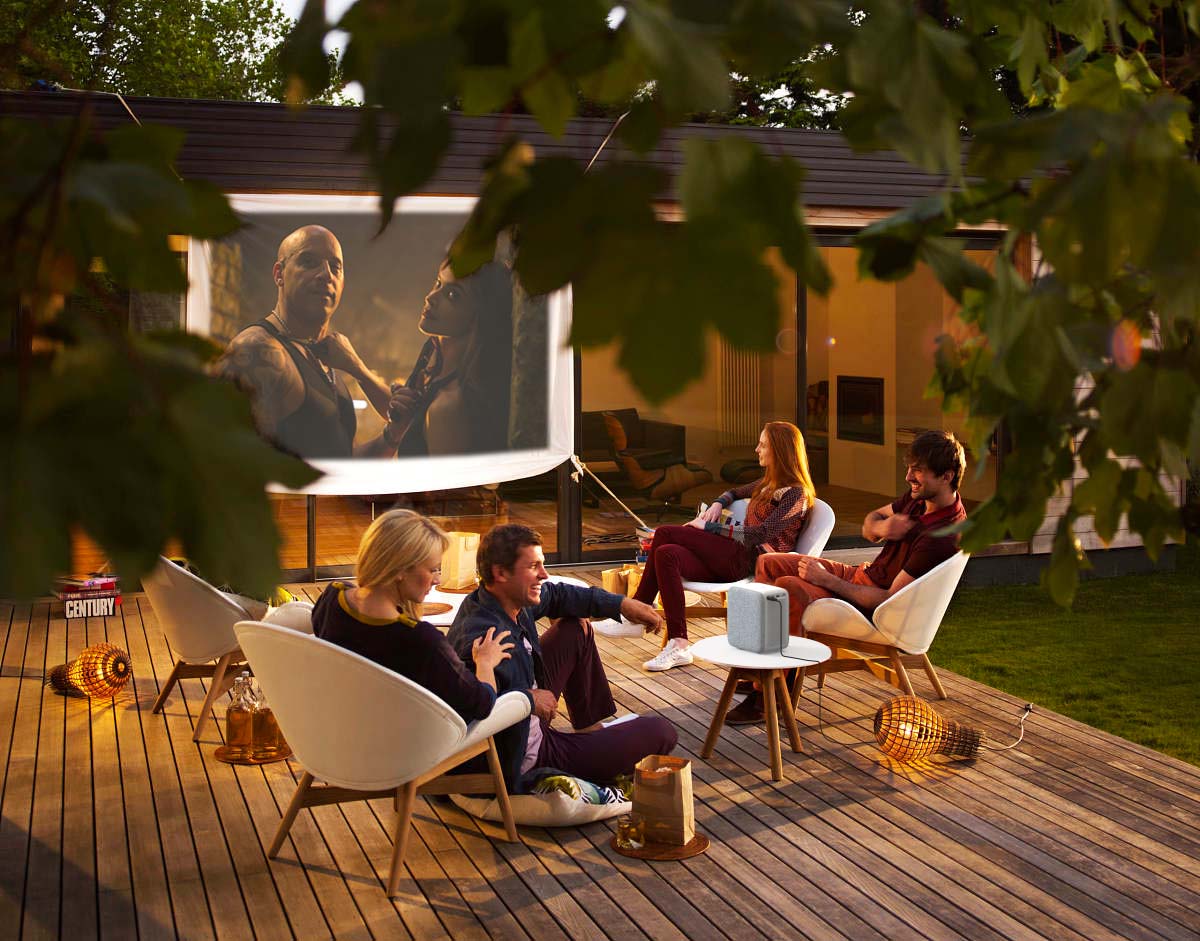Introduction : Pour créer une expérience home cinéma parfaite, il faut prendre en compte deux facteurs clés : la distance de projection et la taille de l'écran. Dans cet article de blog, nous allons nous pencher sur l'importance de comprendre vos besoins spécifiques, de sélectionner le bon projecteur et de calculer la taille d'écran idéale. Nous explorerons également le concept de correction trapézoïdale et son impact sur la qualité de l'image.
Distance de projection et choix de la taille de l'écran : pour vous lancer dans l'aventure du home cinéma, il est essentiel de commencer par comprendre la distance de projection souhaitée et l'espace disponible dans votre maison. Contrairement aux téléviseurs traditionnels, les projecteurs offrent une expérience cinématographique immersive, la taille d'écran recommandée étant de 100 à 120 pouces pour une visualisation optimale. La flexibilité des projecteurs leur permet d'être utilisés dans divers environnements, ce qui en fait un choix polyvalent.

Calcul de la distance de projection : Déterminer la distance de projection idéale est essentiel pour une expérience visuelle optimale. Elle se calcule à l'aide d'une formule simple : distance de projection = largeur de l'écran x rapport de projection. Par exemple, avec un écran de 100 pouces et un rapport de projection de 1, 22 : 1, la distance de projection serait de 8, 86 pieds. Vous pouvez utiliser l'outil de calcul fourni dans ce document. Document Google Sheets pour des calculs rapides.
Correction du trapèze : dans certains cas, il peut être difficile de positionner le projecteur directement devant l'écran pour obtenir une image parfaitement centrée. C'est là qu'entre en jeu la correction du trapèze. La plupart des projecteurs ETOE offrent une correction du trapèze dans 4 directions et 4 points, et une technologie laser avancée, telle que la correction Tof AUTO, est désormais disponible, comme le montre le modèle E3 Pro.
Avantages de la correction trapézoïdale :
- La correction trapézoïdale vous permet de projeter une image claire même lorsque le projecteur n'est pas parfaitement centré.
- C'est une solution pratique pour une large gamme d'environnements de visualisation.
Inconvénients de la correction trapézoïdale :
- La correction trapézoïdale est obtenue grâce à des calculs, qui peuvent avoir un impact sur la clarté de l'image.
- Pour une clarté supérieure sans sacrifier la qualité de l'image, certains projecteurs utilisent le décalage de l'objectif pour ajuster l'image, mais ces modèles ont tendance à être plus chers (à partir de 500 $) et peuvent manquer de fonctionnalités telles que le Wi-Fi, le Bluetooth et le streaming de contenu, ce qui les rend moins pratiques à des fins de divertissement.
Conclusion : Choisir la bonne distance de projection et la bonne taille d'écran est crucial pour une expérience de cinéma maison épanouissante. Comprendre le processus de calcul et le rôle de la correction trapézoïdale peut vous aider à faire des choix éclairés lors de l'installation de votre cinéma maison. Que vous optiez pour un projecteur traditionnel ou un projecteur doté de fonctionnalités avancées comme la correction Tof AUTO, l'objectif est de créer un espace cinématographique qui répond à vos besoins et préférences uniques. Alors, commencez à planifier l'installation de votre cinéma maison et préparez-vous à profiter de soirées cinéma immersives et de divertissements comme jamais auparavant !






Laisser un commentaire
Ce site est protégé par hCaptcha, et la Politique de confidentialité et les Conditions de service de hCaptcha s’appliquent.